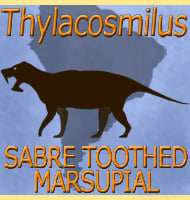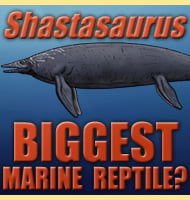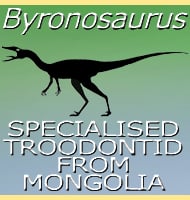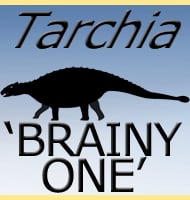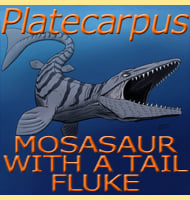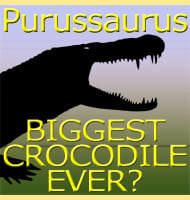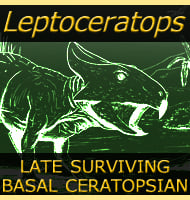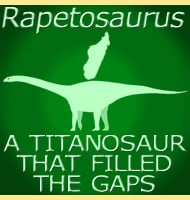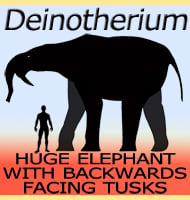In Depth
Although Alphadon is only named from teeth, these are very similar to possums. Combined with our current knowledge of other late Cretaceous mammals, palaeontologists have concluded that Alphadon was probably a possum-like mammal that fed upon a variety of insects and fruits. Additionally Alphadon is classed as a marsupial which means that young would have been kept in a body pouch. Late Cretaceous North America was a dangerous time for the early mammals and smaller ones like Alphadon would have been easy prey for dinosaurs like Stenonychosaurus. With this in mind it likely stayed amongst the undergrowth or high in trees where it could either not be seen or simply out of the way of the dinosaurs.
Further Reading
– Mesozoic Mammalia. VIII. Genera of Lance mammals other than multituberculates. – American Journal of Science 14(80):121-130. – G. G. Simpson – 1927. – Latest Cretaceous mammals of upper part of Edmonton Formation of Alberta, Canada, and review of marsupial-placental dichotomy in mammalian evolution. – University of Kansas Paleontological Contributions 50:1-122. – J. A. Lillegraven – 1969. – The vertebrate fauna of the Judith River Formation, Montana. – Bulletin of the American Museum of Natural History 147(6):321-412. – A. Sahni – 1972. – Fossil mammals from the “Mesaverde” Formation (Late Cretaceous, Judithian) of the Bighorn and Wind River basins, Wyoming, with definitions of Late Cretaceous North American Land-Mammal “Ages”. – American Museum Novitates 2840:1-68. – J. A. Lillegraven & M. C. McKenna – 1986. – Alphadon halleyi (Didelphidae, Marsupialia) from the Two Medicine Formation (Late Cretaceous, Judithian) of Montana. – Journal of Vertebrate Paleontology. 8 (4): 378–382. – Marisol Montellano – 1988. – Therian mammals of the Terlingua local fauna (Judithian), Aguja Formation, Big Bend of the Rio Grande, Texas. – Contributions to Geology, University of Wyoming 30(2):117-136. – R. L. Cifelli – 1994. – Marsupial mammal from the Upper Cretaceous North Horn Foramtion, central Utah. – Journal of Paleontology 72(3):532-537. – R. L. Cifelli and C. de Muizon – 1998.

